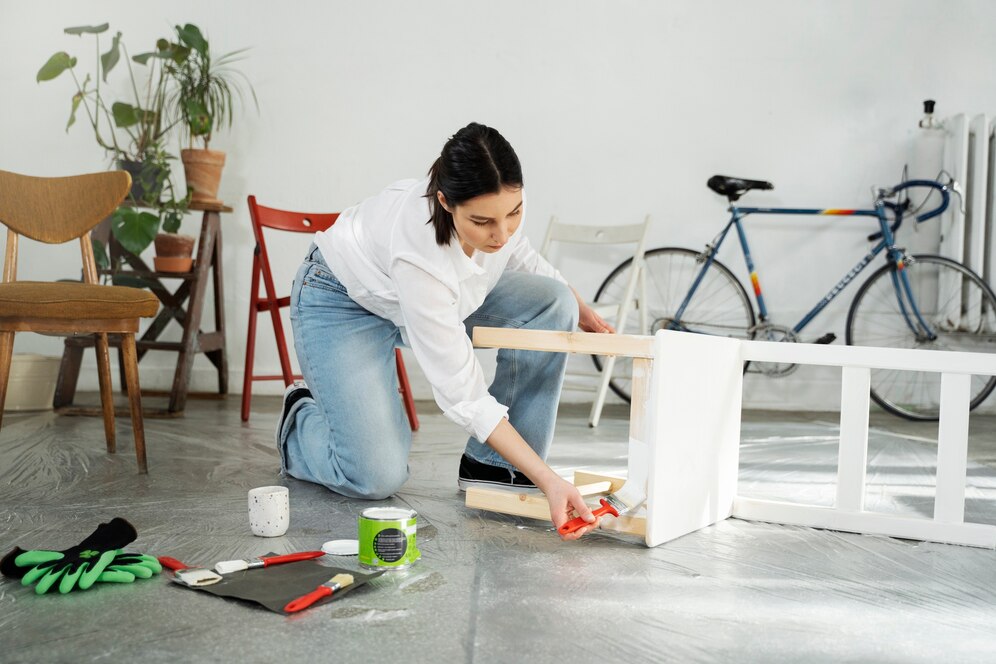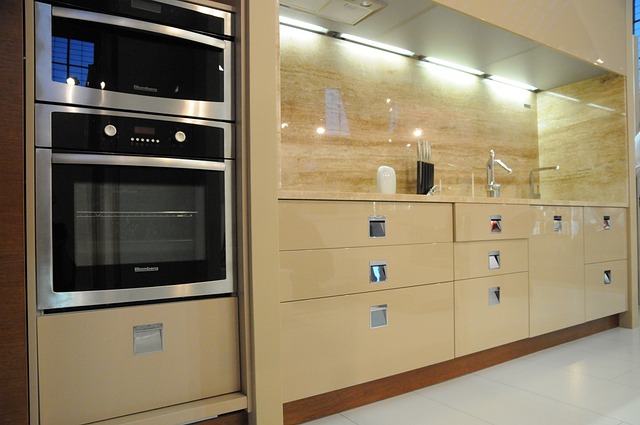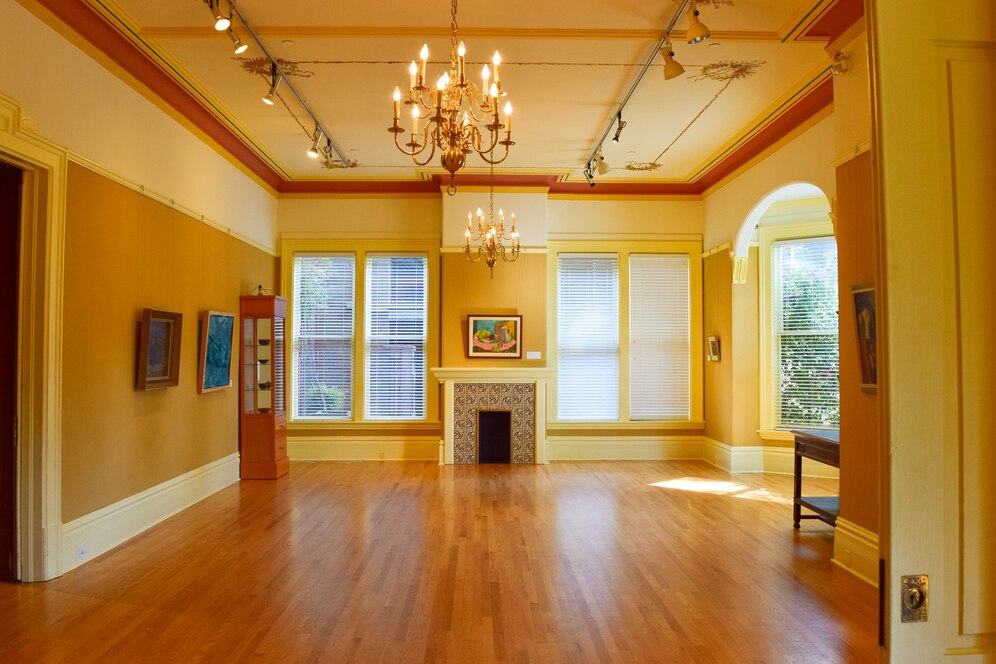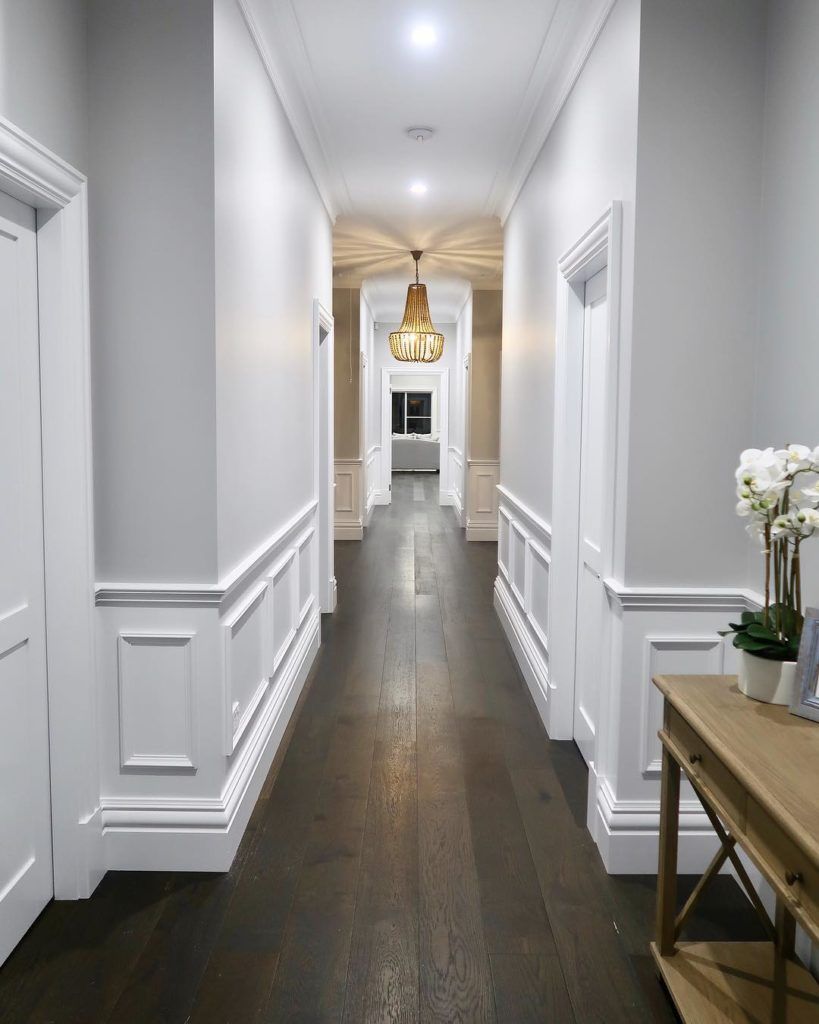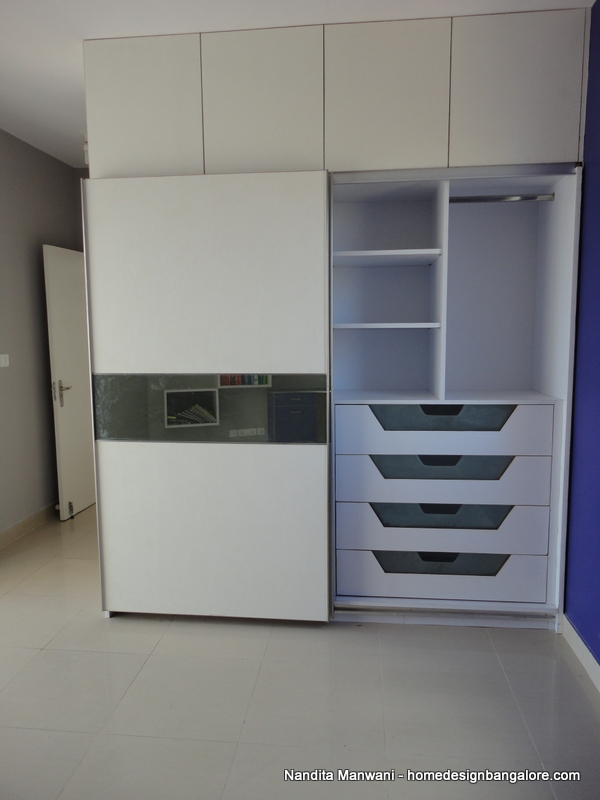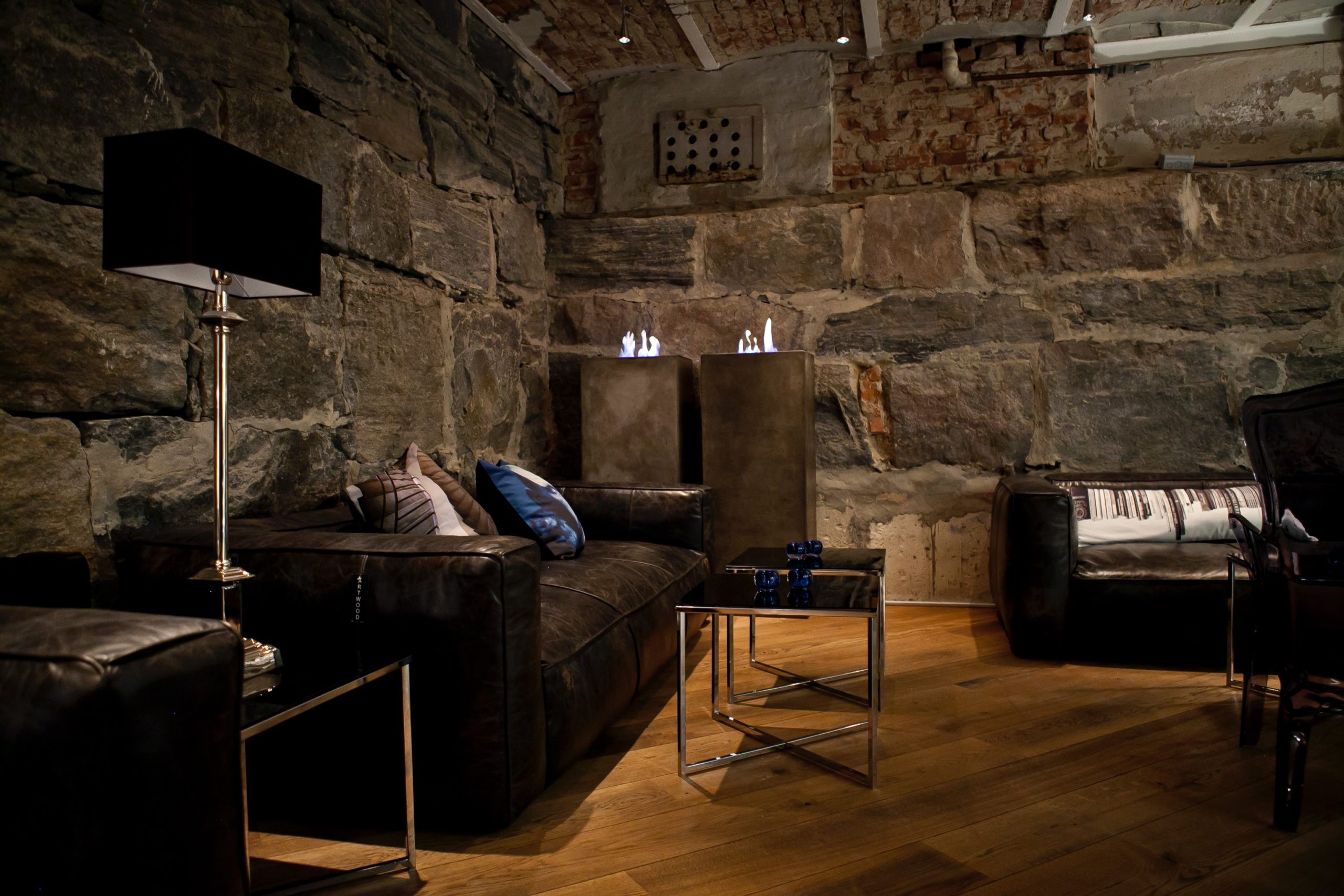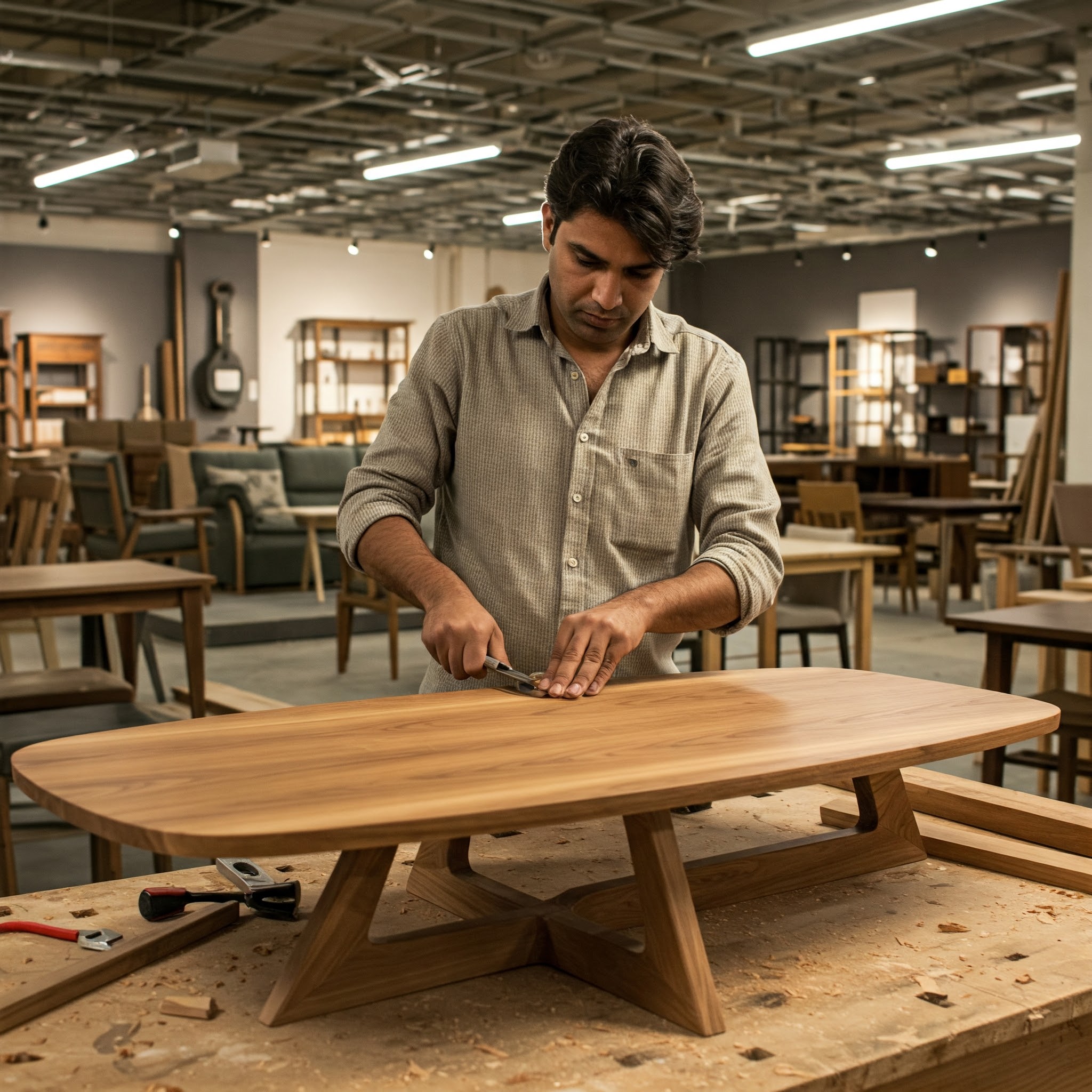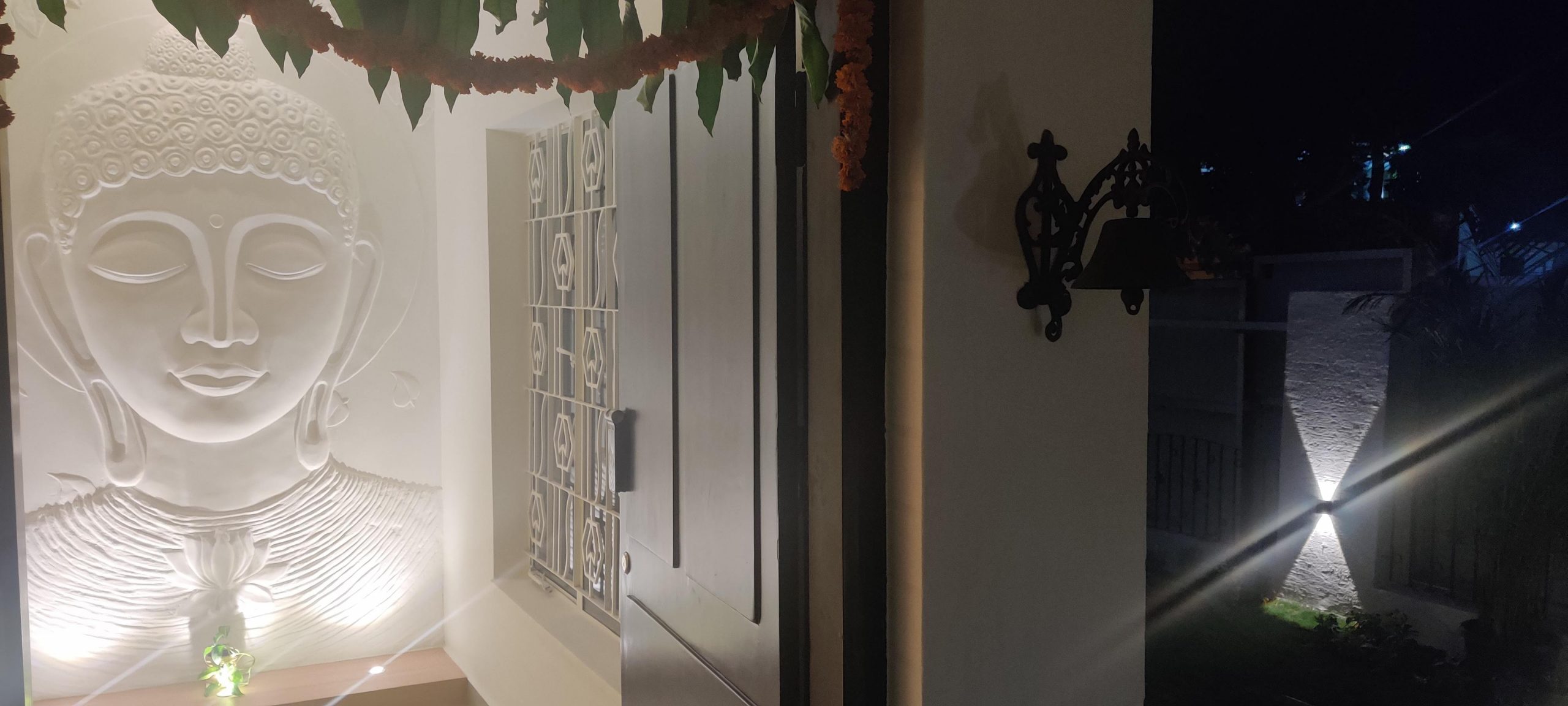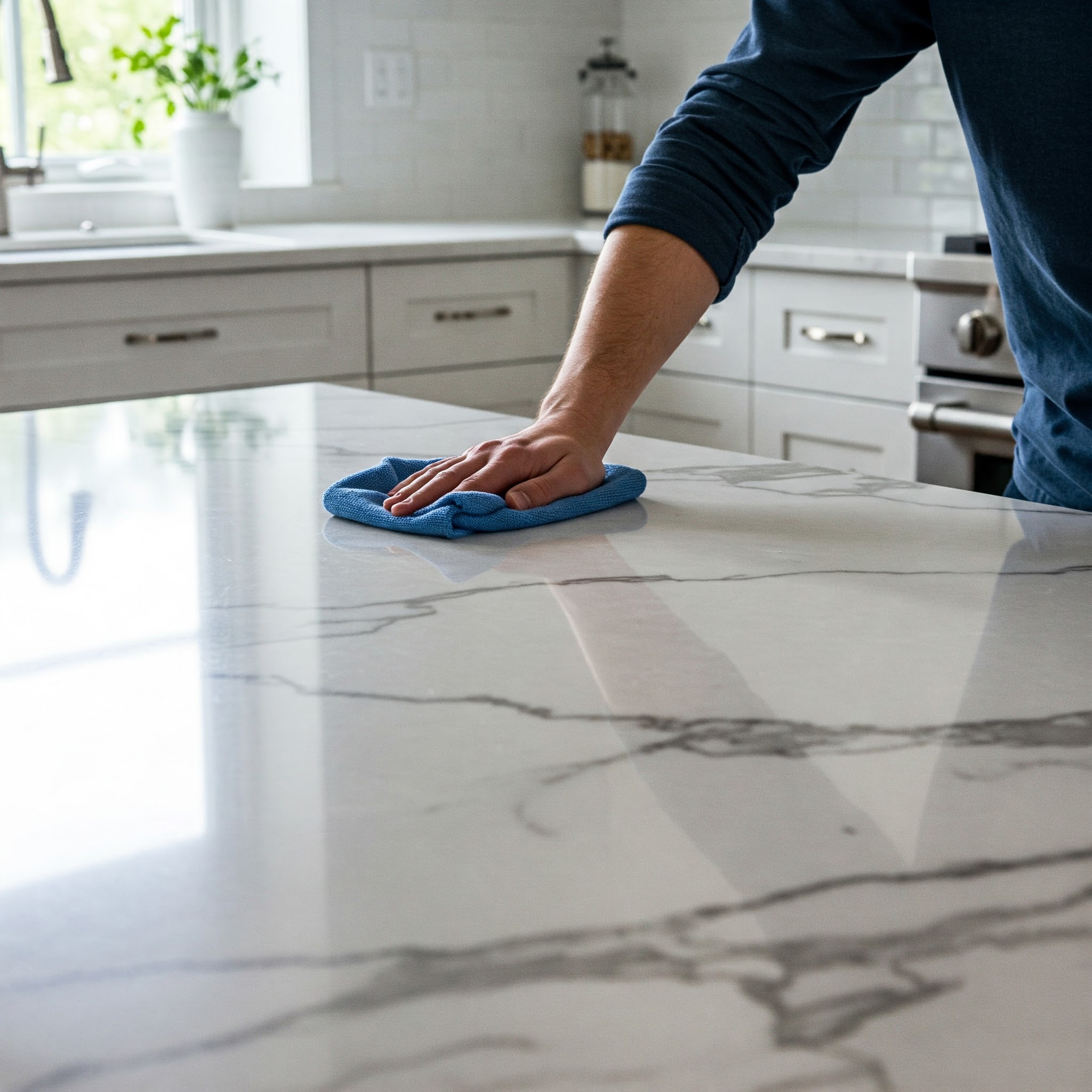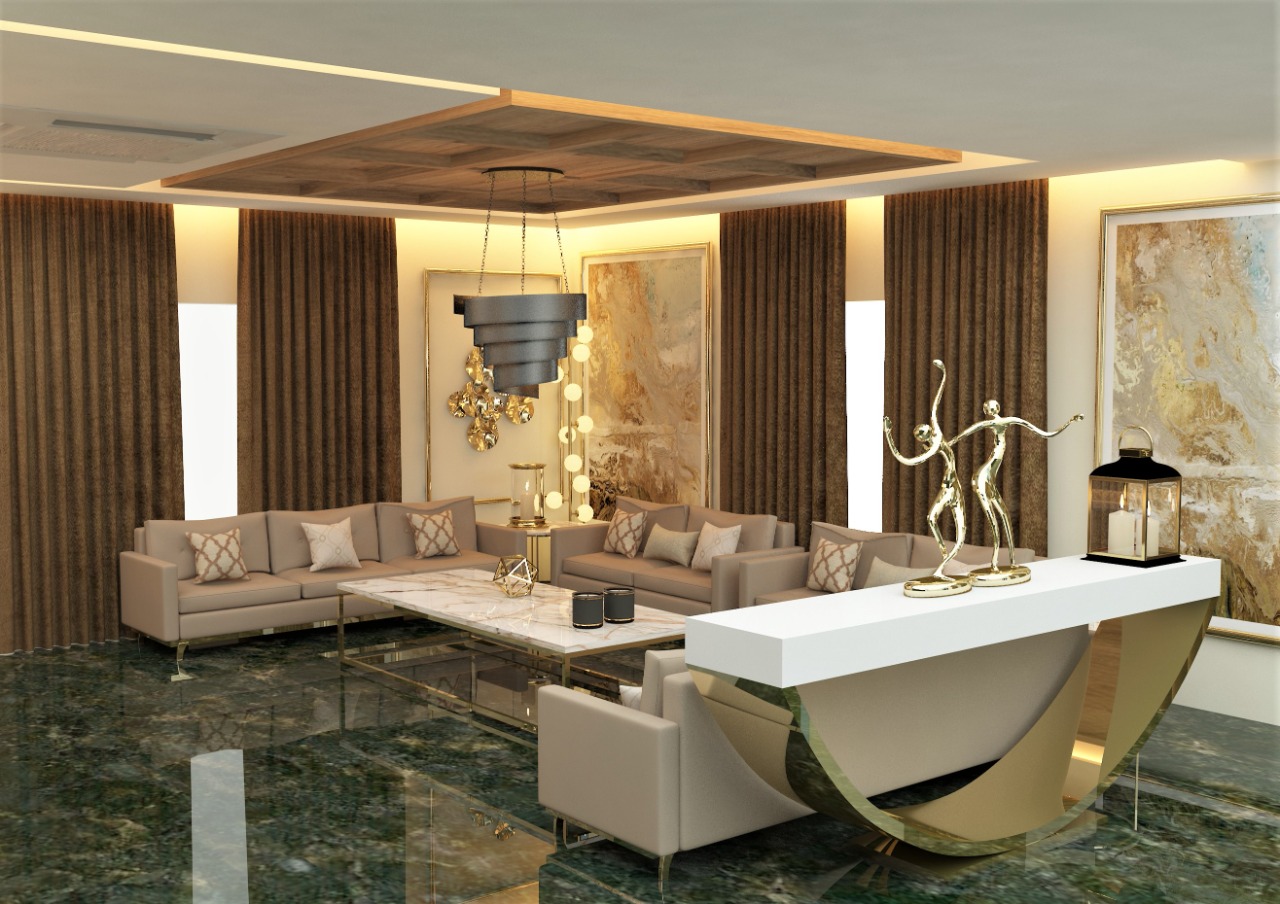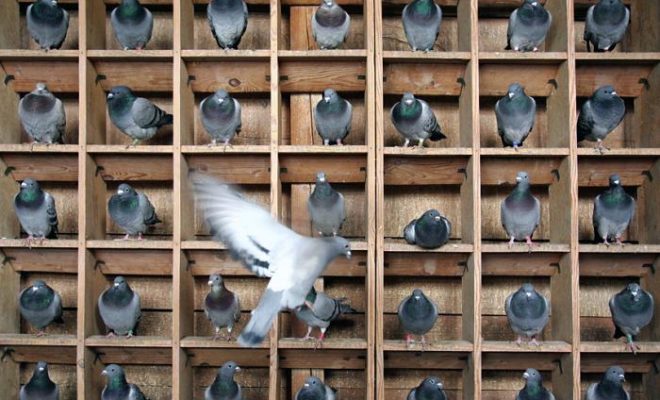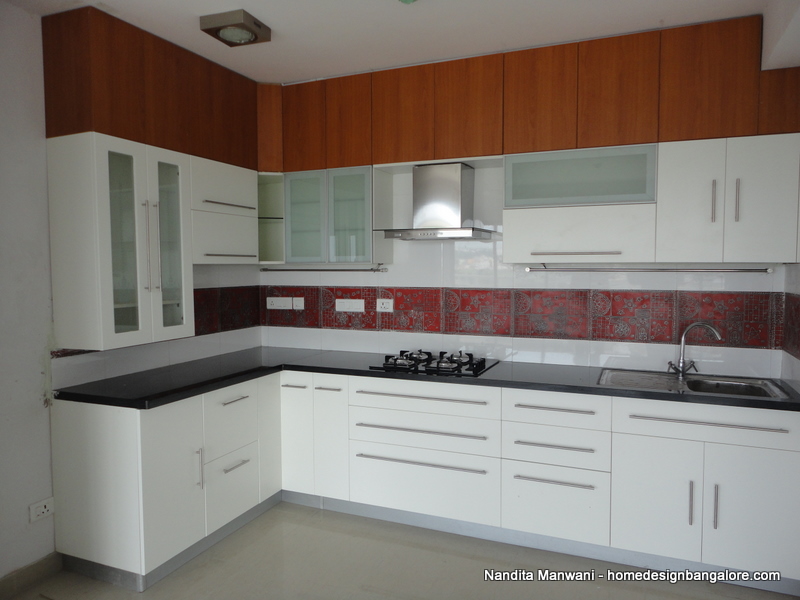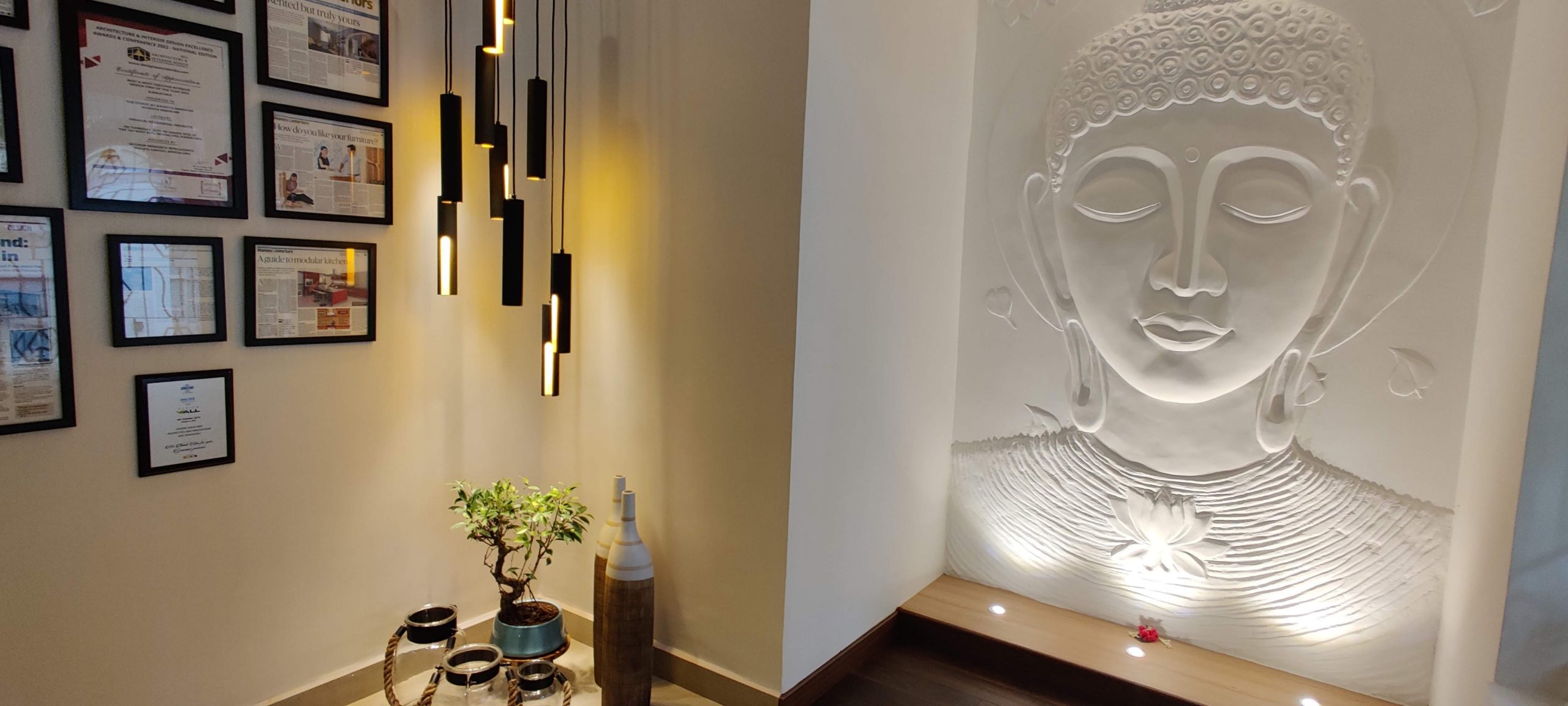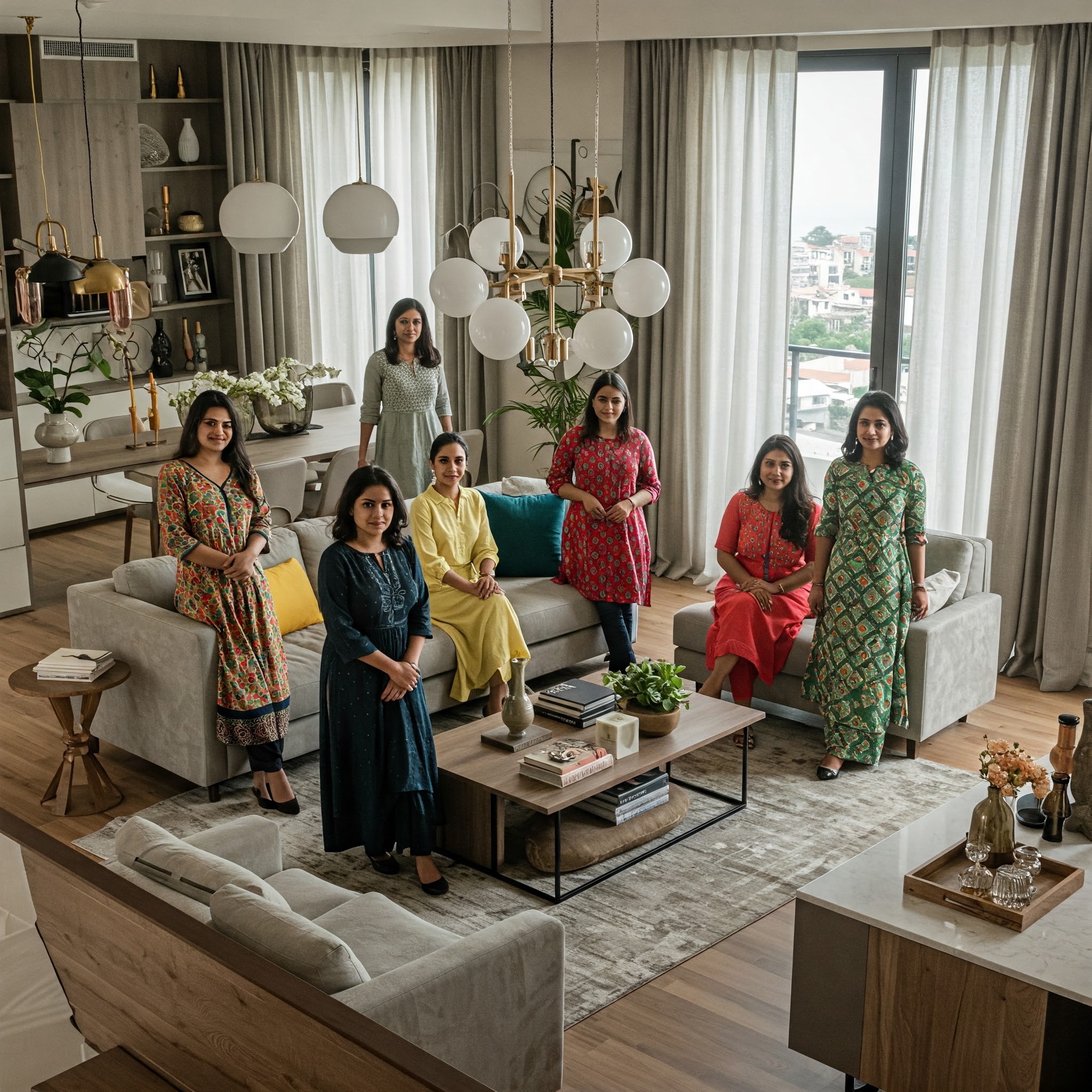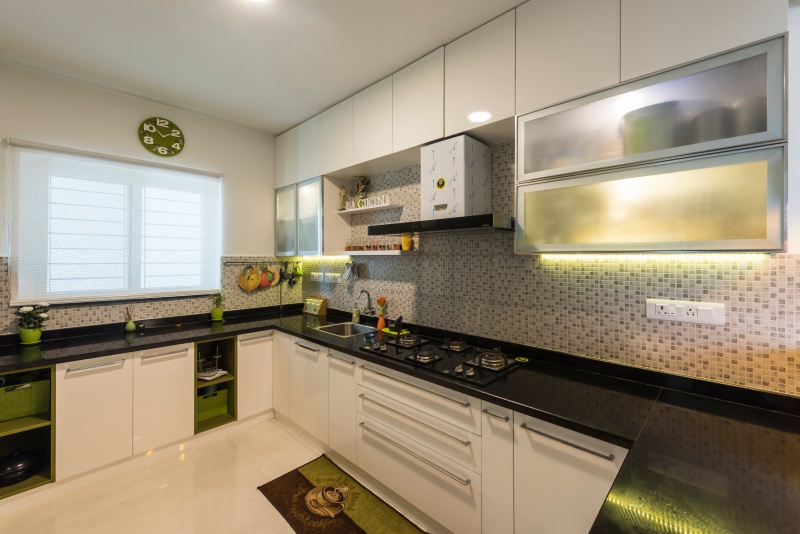This article comes to us from our partner Artburt. Artburt has been passionately promoting the cause of Digital Photography as an art form since the last few years. In a discussion with Sriharsha & Siri (Artburt’s founders) last week we briefly were talking about some of the best practices to follow when choosing the wall on which to hang the artwork and a week later I get this ping from Siri that Sriharsha has penned down a formal blog post on the topic. Do appreciate you taking the initiative to do this Sri…thank you. So without much ado…here goes.
Nandita
The 5 simple steps to choosing the right wall to hang your precious art
1. Direction of Light: A room filled with loads of natural light is obviously the best for enjoying your art. That said its very important that we also consider the direction of the light entering the room with respect to your art frame. Its important we avoid walls which have windows or doors opposite our art work or placing art on walls which have windows and doors. Art with windows opposite them tend to reflect light on the glass frame thereby minimising its visibility. On the other hand if we hang art on walls with windows or doors then the bright daylight pouring into the room will compete with our art distracting our gaze and minimising its impact. In this regard the best walls are those which are lit sideways. Always ensure that you choose walls which have windows or doors either to the right or left side when viewing your art work.

2. Size of Wall and Room: The size of your wall indirectly dictates the size of your art installation. As a thumb rule ensure your artwork covers about 1/3 of your available wall horizontally, (meaning your wall should be big enough to accommodate about 3 art works of the same dimensions side by side on the wall). Anything smaller runs the risk of not standing out well enough to grab the viewers attention, and a bigger art work can over power the setting. Another important factor to consider is the size of the room and the horizontal viewing distance available to view your art. The ideal horizontal viewing distance to apprise your art work is determined by multiplying the horizontal and vertical dimensions of your art. If for example you plan on having a 2ft x 3ft image then you need to ensure you have at least 6ft of viewing distance to appreciate the art as a whole.

3. Orientation of your Wall: When choosing walls its also important to note the aspect ratio of the walls. Is the wall in portrait orientation or landscape orientation? Vertical frames suit walls which have a portrait orientation where the wall height is more than the width and similarly horizontal images look good on walls with a landscape orientation where the wall width is more than the height. While there is nothing that you can do here to change the aspect ratio of the wall, you can consciously decided on the frame orientation when choosing art for your walls.
4. Color of your wall: Any wall hosting your art should not overpower the art with bold colours and loud patterns. This is not restricted to just the wall hosting your art but the entire room which houses the art work.
5. Other wall decorations: For art to grow in our minds we need to give it room in an un competing environment. Your walls therefore need to be devoid of all other embellishment and provide a clean uncluttered visual access to the work.
While these points are no rocket science, having an idea of the right “ART WALL” will go a long way in maximising your investment in art and ensuring you provide your visual statement pieces the maximum opportunity to uplift the mood of your decor.
PS: If there is a question you would like to ask then please click on “Leave a comment” on the left pane of this blog post. I go through each input that comes in from the readers and endeavour to respond within 24 hours.



